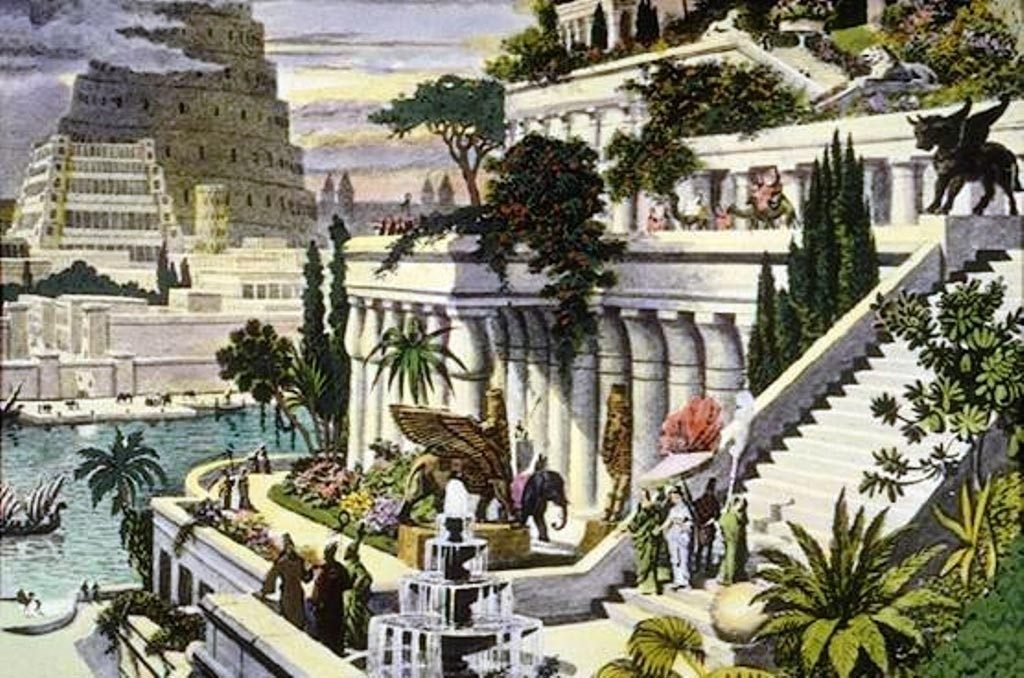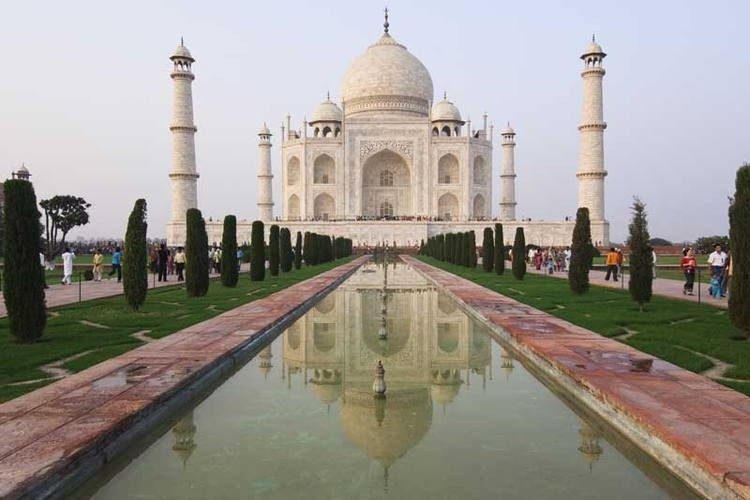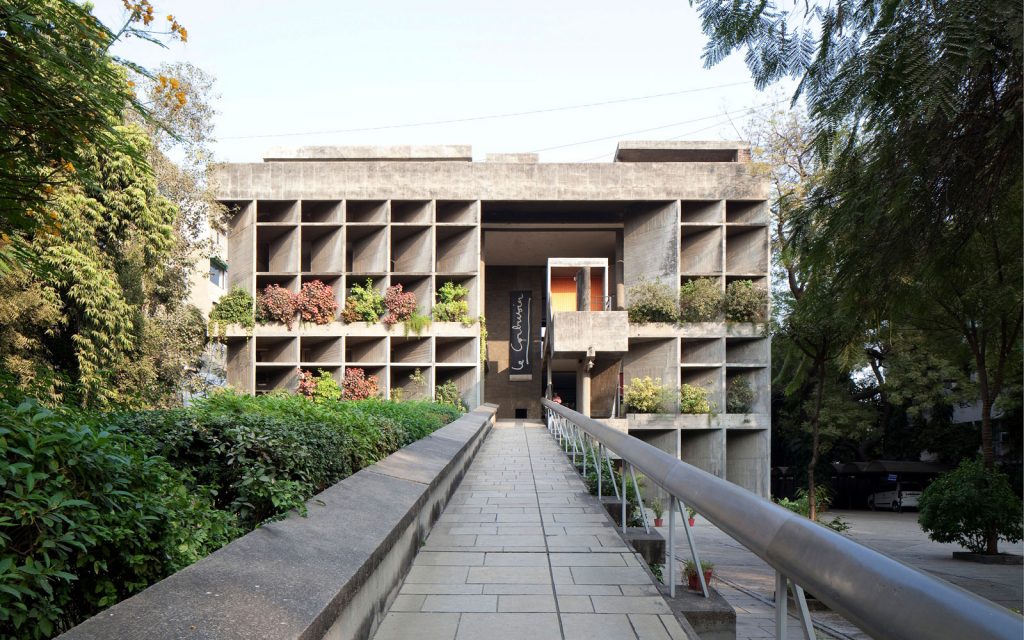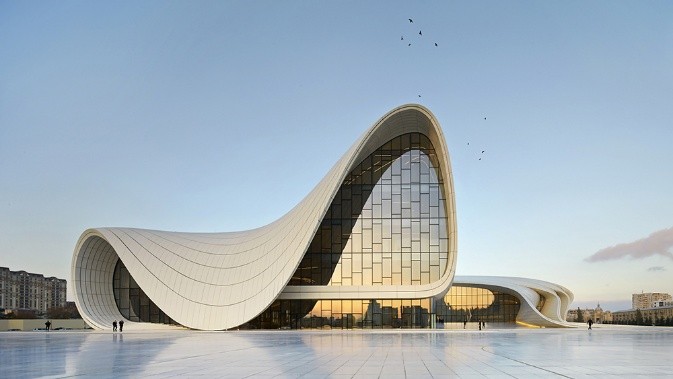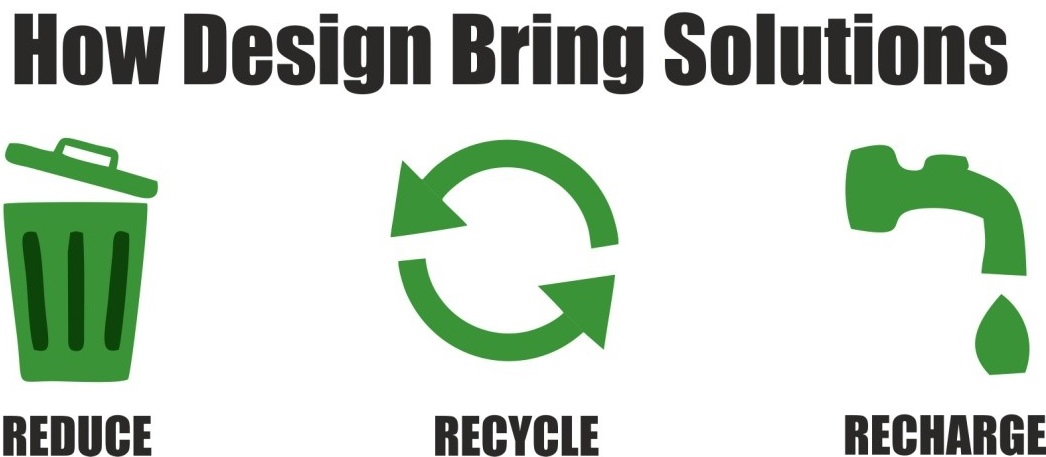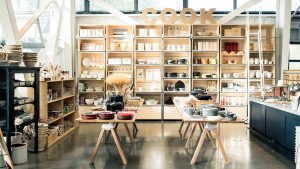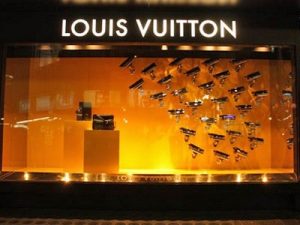By Oshi Ubeja
What does “Design” mean?What do product designers, fashion designers,architects, textile designers, graphic designer and the like do?
Let us take an example of a suitcase the design of which has been modified overtime to suit human requirement.Man has been travelling various destinations during which he has needed to carry supplies and food for his aid. To solve this problem, he created a luggage.In early 1800s, the luggage was made of cowhide on wooden frames built for rugged conditions. They were though heavy with no water proofing. Thus in 1870, a French trunk maker released its wicker trunk known as ‘Moynat Trunk’ which was waterproof and also light in weight. Until 1900s, several modifications were done on size, shape and material of the luggage bags to carry things other than just clothes like the cameras and cigars, but these bags were skid by animals on wheels or loaded and unloaded by men and women on their back.Then came a man named Pilot Bob Plath with his innovative design of luggage on wheels with an extended handle. He called it ‘Rollaboard’ and launched wide scale production in 1989, with his company ‘Travel Pro’. Further,a man named Don Ku invented collapsible tow handle to make the bag more flexible to carry.

Source: https://www.pamono.com/striped-trunk-from-louis-vuitton-1870s
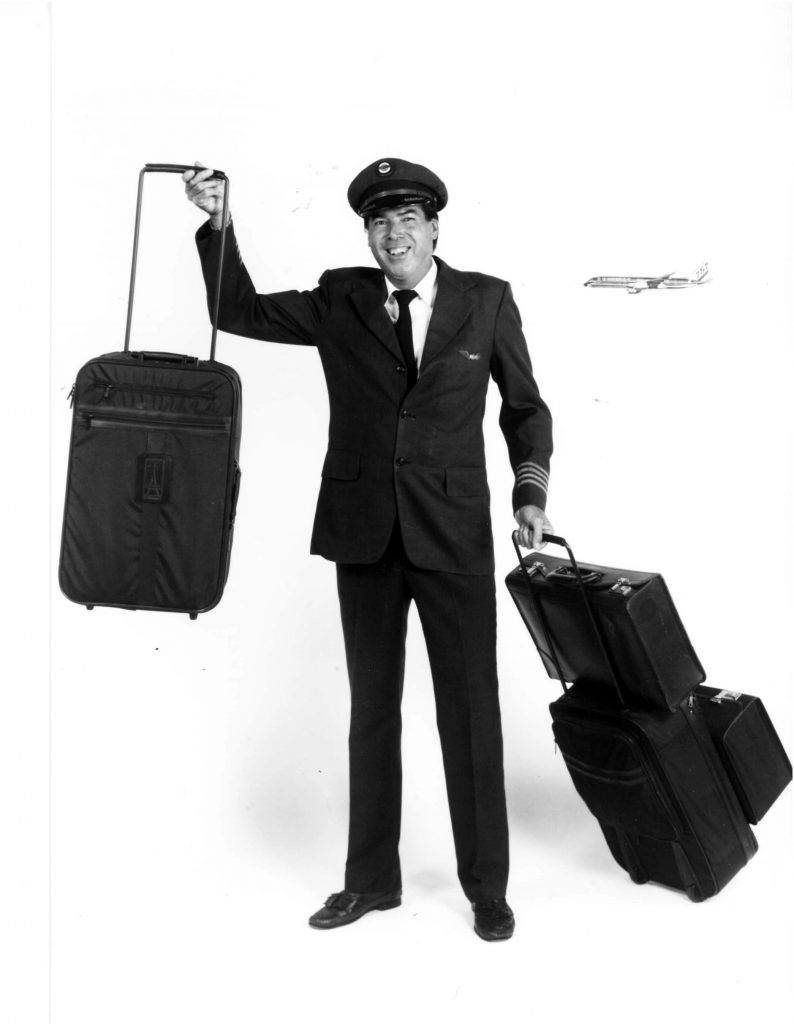
Source: https://in.pinterest.com/pin/539939442818672300/?lp=true
Alike the design of luggage, every other thing has been modified to suit the changing time, need and lifestyle or to resolve its unsaid flaws, in order to improve human experience. ‘Design’ is essentially ‘everything’. Our day-to-day activities all rely on the products and merchandises which have been designed,innovated and evolved over time to suit our comfort. Thus there is nothing called as a ‘perfect design’.It is a process of development to suit the consumers or client’s specific utility and requirement.It is a never ending process and that is what makes this game interesting.
Read More
